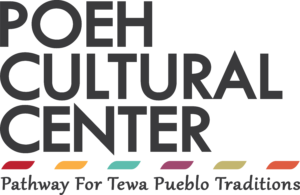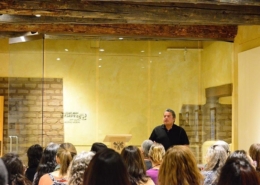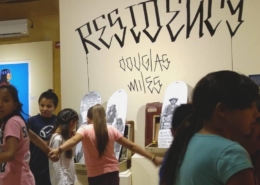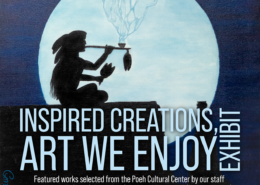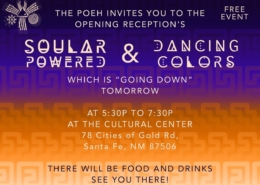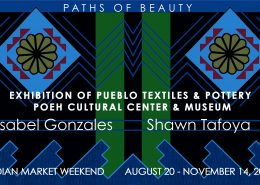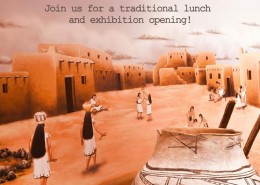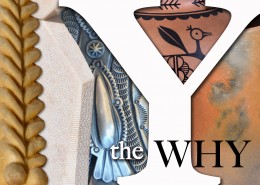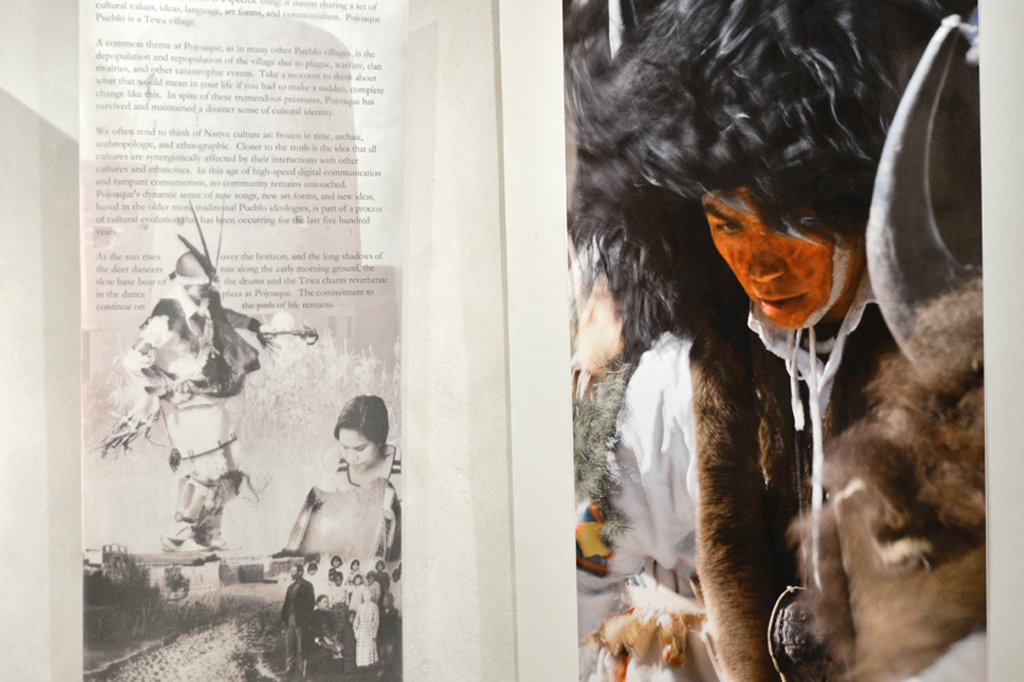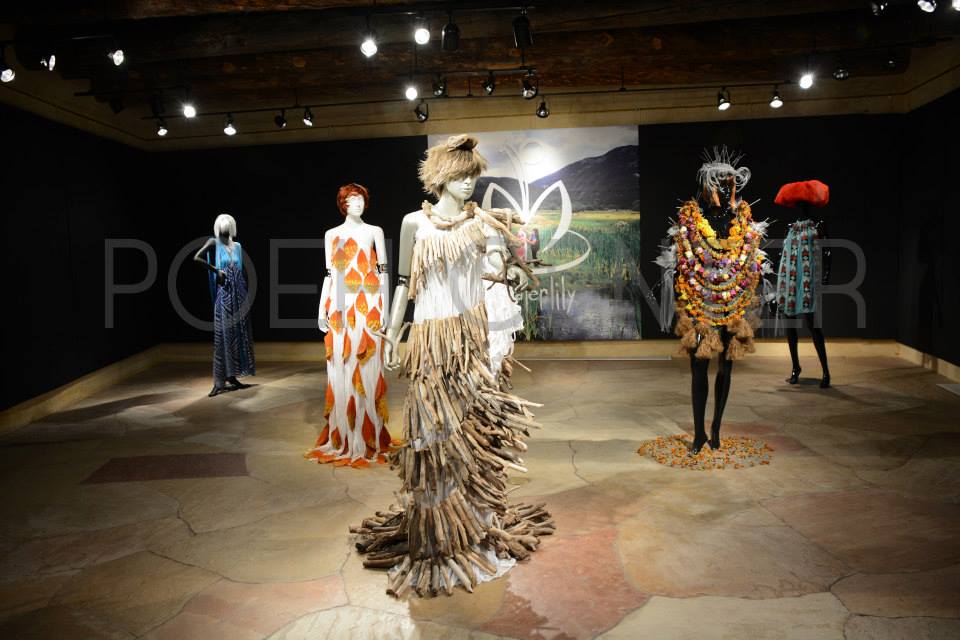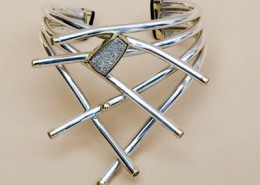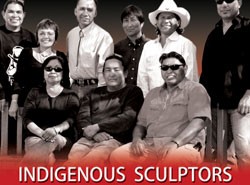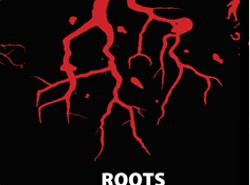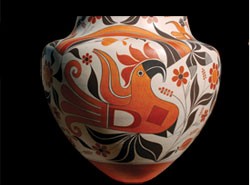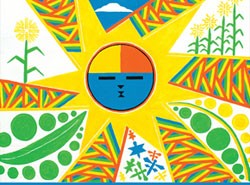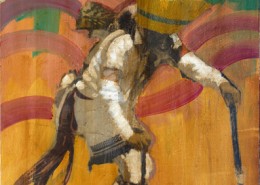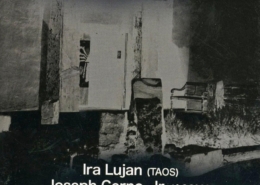
Featured Exhibit: Di Wae Powa
After a century-long and epic journey, this sacred, ancestral pueblo pottery will return to the place of its origins and be housed in the acclaimed Poeh Museum. For over 100 years, this Tewa Pueblo ancestral pottery has been collected, shipped away, and housed on the east coast, mainly in private collections and the renowned Smithsonian Institute’s National Museum of the American Indian (NMAI).
Several years ago, the Poeh Cultural Center began talks with NMAI in a concerted effort to bring these pots “home.” Along the way, many Tewa Pueblo artists, elders, and community members worked tirelessly to help bring this homecoming to fruition. And, in celebration of this historic achievement, in late 2019, 100 Tewa pots will return home and be reunited with the descendants of their creators.
This groundbreaking new exhibit and educational resource center will be dedicated to and utilized by the Tewa Pueblo peoples that live in the neighboring Pueblos of Pojoaque, Nambe, San Ildefonso, Santa Clara, Ohkay Owingeh, and Tesuque. It will be shared year-round with many students, artists, scholars, educators, and tourists. And while the Poeh museum will still function as an exhibition space, it will expand its use into a vibrant, interactive, and immersive Tewa “learning center” dedicated to Tewa Pueblo culture and poised to provide learning experiences for the evolving world.
Permanent Exhibit: Nah Poeh Meng
A 1600-square-foot installation, the permanent exhibition Nah Poeh Meng (translated from Tewa, “The Continuous Path”) portrays Pueblo history from within the Pueblo worldview – offering both Native and non-Native visitors a chance to experience Pueblo stories through art, word, and history. It is based loosely on Western time and divided into six rooms. Each room is based on both a temporal and seasonal theme.
Unlike traditional museum exhibits, which focus on objects and their individual and collaborative stories, this exhibit combines contemporary art, historical reproductions, and traditional and contemporary accounts to convey the Pueblo view of their history. Incorporated artwork is exhibited in an accessible context – no cases or glass are separating the visitor from the art. Individual pieces are not labeled within the exhibit, putting less emphasis on the particular artist and focusing the viewer’s attention on the overall themes.
The exhibition highlighted the work of numerous Pueblo artists, including the figurative sculptures of Roxanne Swentzell (Santa Clara Pueblo) and painted murals by Marcellus Medina (Zia Pueblo).
